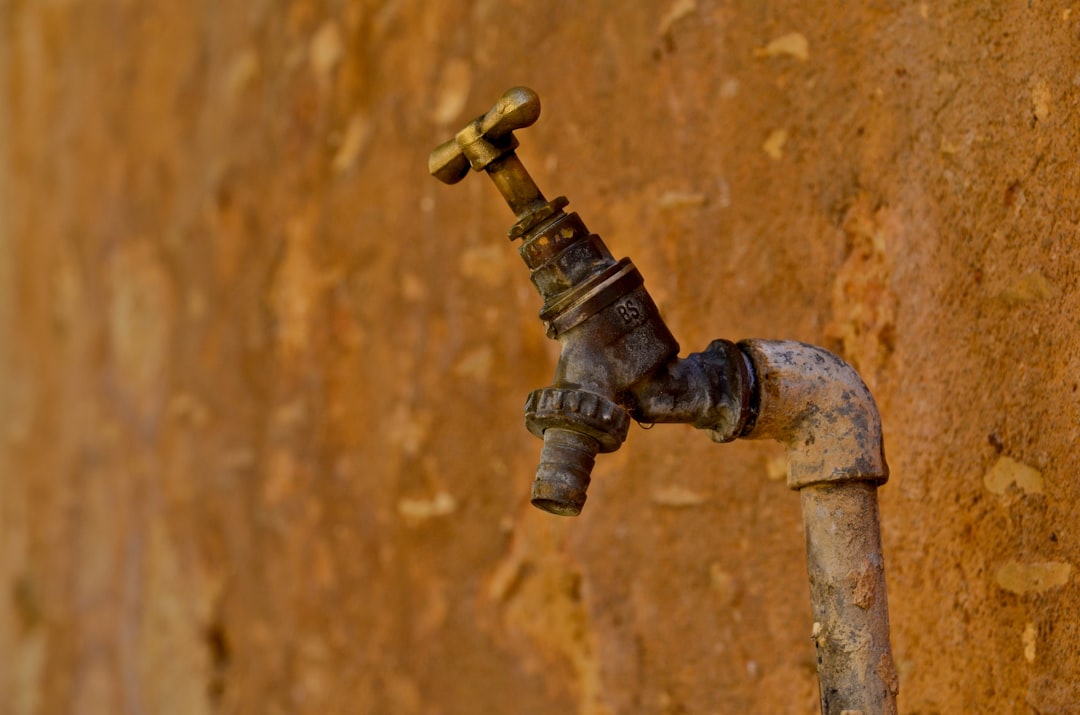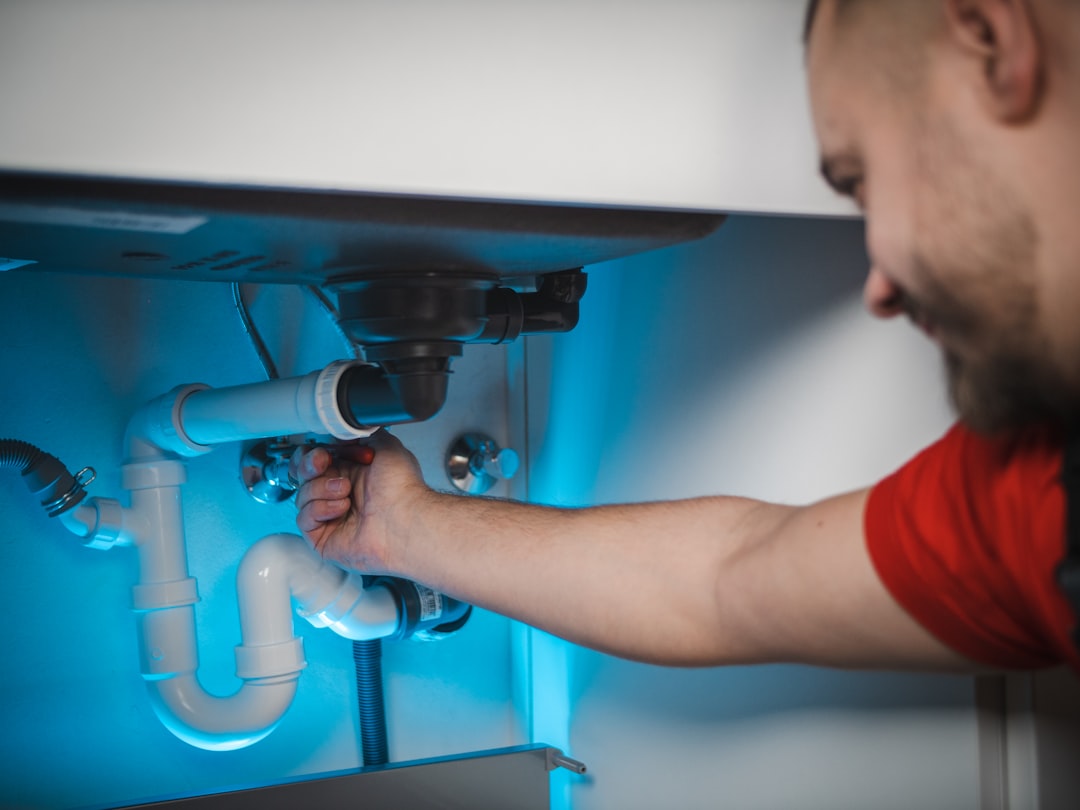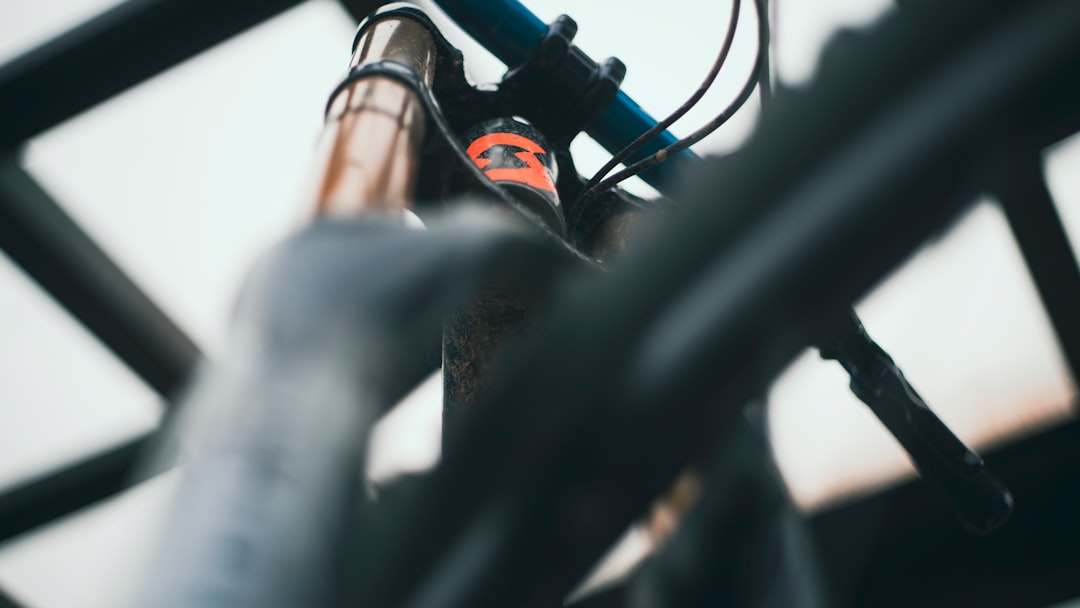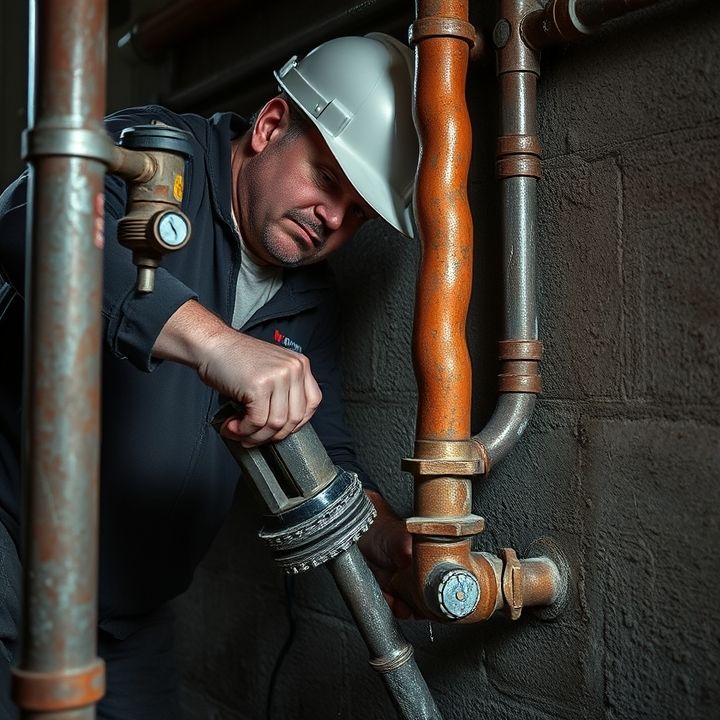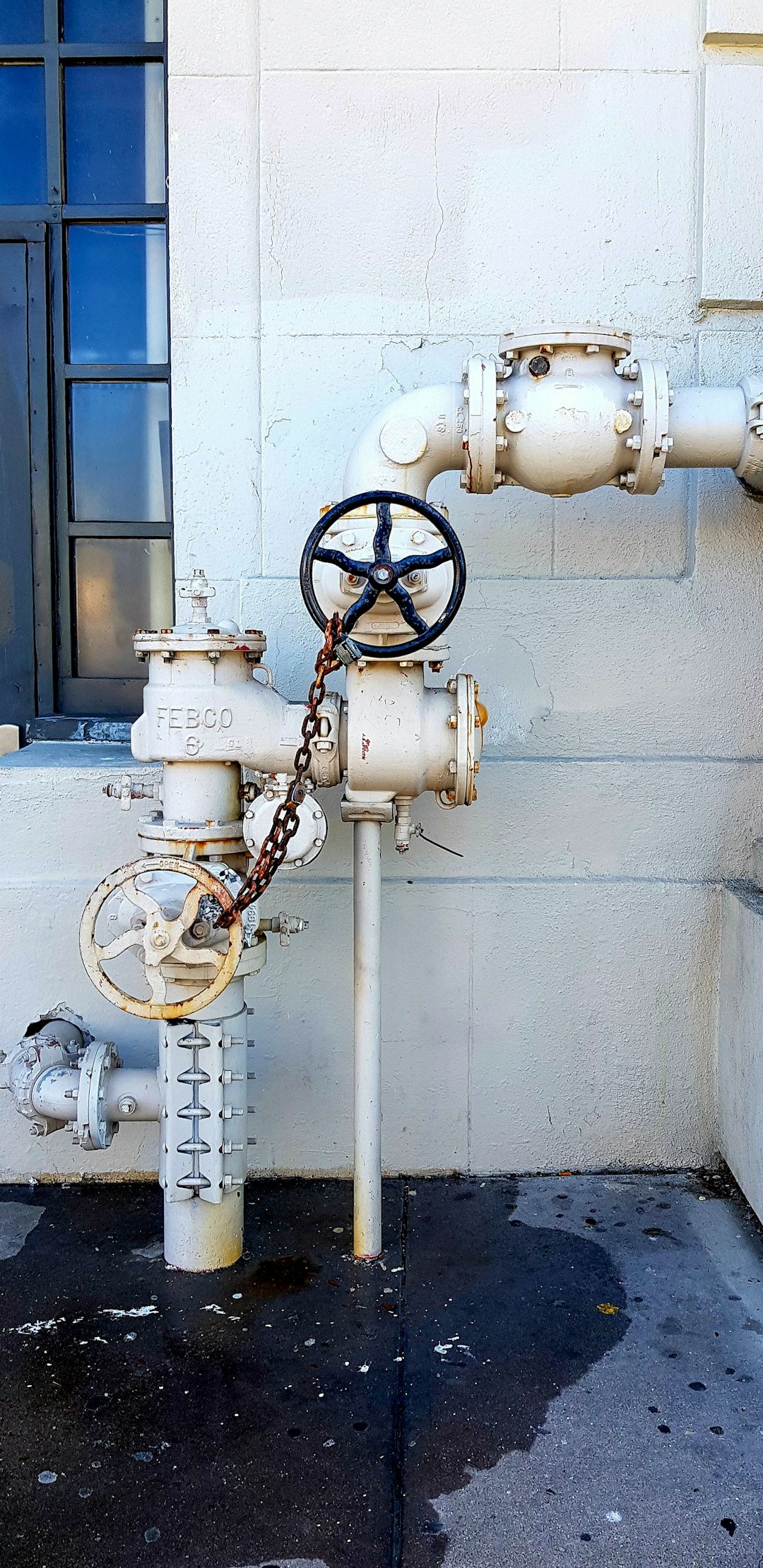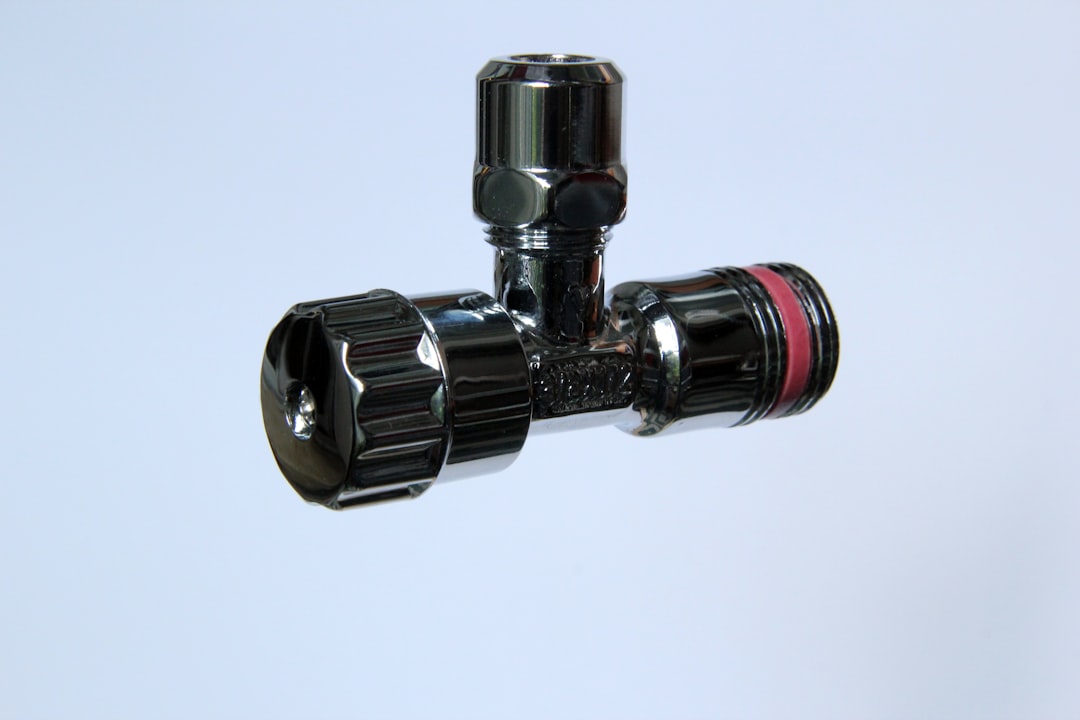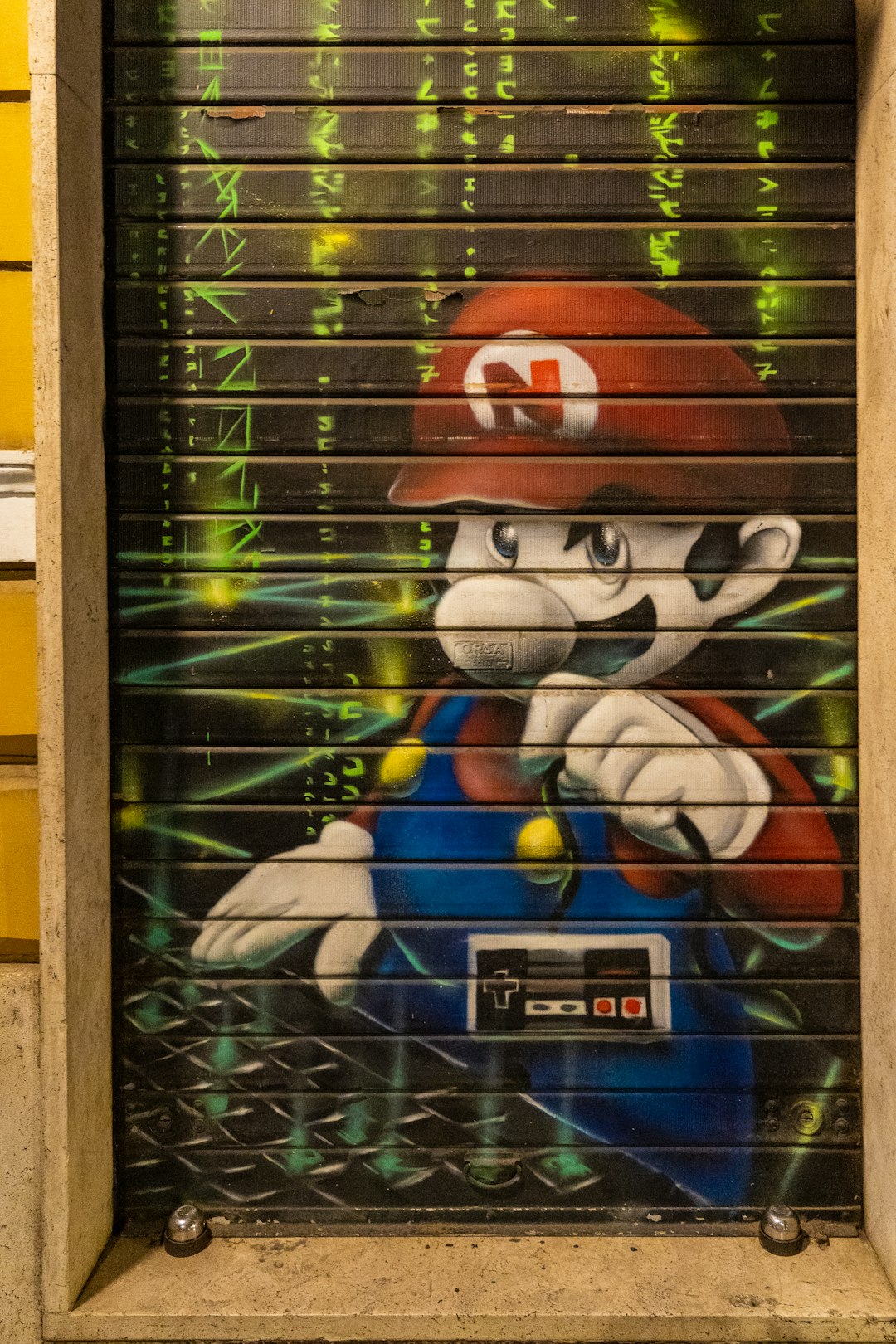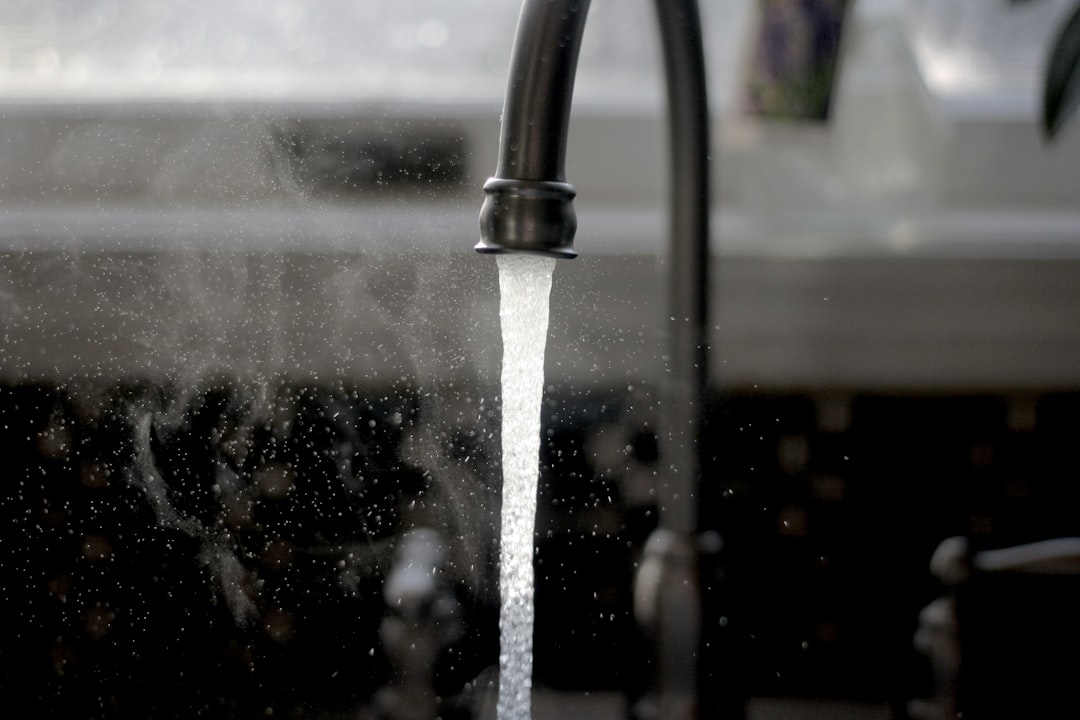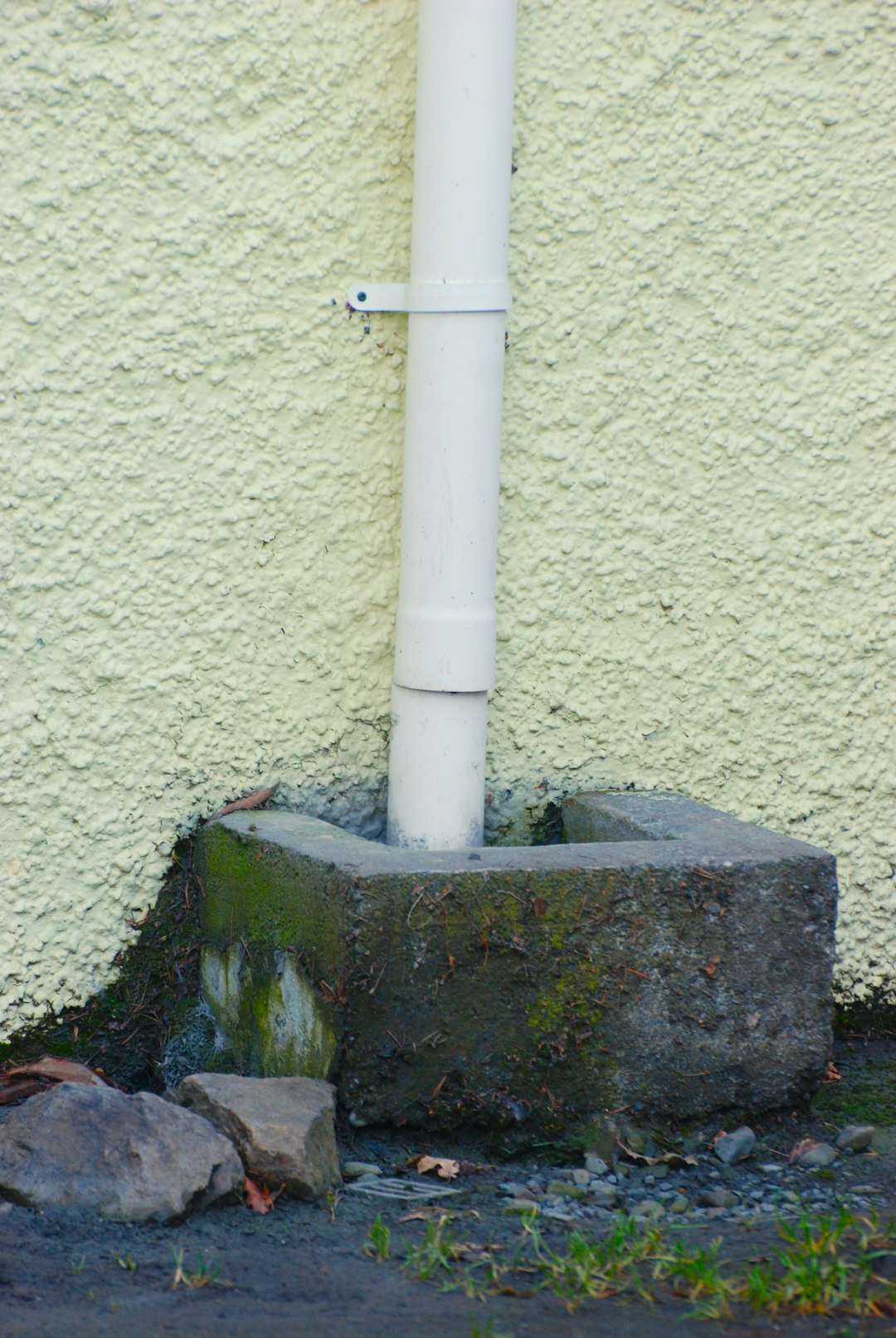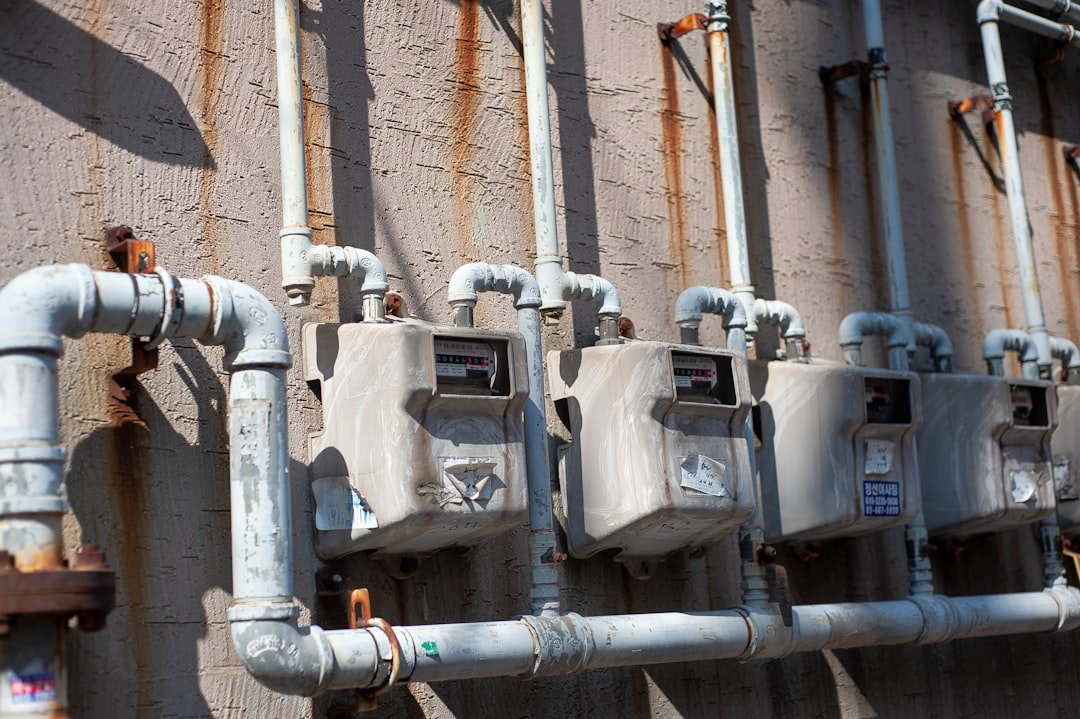Table of Contents
- Introduction
- Determine the scope of plumbing services needed
- Research and gather recommendations for local plumbers
- Verify plumber credentials and certifications
- Request and compare plumbing estimates and quotes
- Evaluate plumber experience and specialization
- Check for customer reviews and testimonials
- Inquire about warranties and guarantees on services
- Discuss project timeline and expected completion
- Conclusion
- Frequently Asked Questions
Introduction
Finding a trustworthy and skilled plumber can feel like searching for a needle in a haystack. With countless options available, it’s easy to feel overwhelmed and uncertain about who to hire for your plumbing needs.
Whether you’re dealing with a stubborn leak, a clogged drain, or planning a renovation that requires new installations, hiring the right professional is crucial. You want someone who not only possesses the technical skills but also exudes dependability and integrity.
In this essential guide, we’ll walk you through the vital steps to hire a professional plumber with confidence, ensuring you make an informed choice that protects your home and your wallet.
From knowing what credentials to look for to understanding estimated costs, we’ll equip you with the knowledge you need to navigate the plumbing landscape like a pro.
Don’t let plumbing troubles drain your peace of mind—let’s dive into how to find the expert you can trust!
Determine the scope of plumbing services needed
Determining the scope of plumbing services needed is an essential first step when looking to hire a professional plumber. Begin by identifying the specific issues you are facing, such as leaks, clogs, or water heater malfunctions, as this will help you narrow down the type of expertise required.
Next, consider whether the work is residential or commercial, as plumbing needs can vary significantly between these environments. For instance, commercial plumbing might involve more complex systems and larger scale repairs.
It’s also important to evaluate whether the job requires emergency services or if it can be scheduled at a more convenient time. Documenting the symptoms, such as slow drains or unusual noises, can provide valuable information to potential plumbers.
Finally, prioritize the urgency of the services needed to ensure you find a plumber who can address your situation promptly. By clearly defining your plumbing needs, you will be better positioned to hire a professional who is well-equipped to handle your specific requirements.
Research and gather recommendations for local plumbers
When it comes to hiring a professional plumber, the first essential step is to research and gather recommendations from reliable sources. Start by asking family, friends, or neighbors for referrals, as personal experiences can provide insight into the quality of service offered by local plumbers. Additionally, consider checking online platforms such as Yelp, Google Reviews, or Angie’s List, where you can find customer feedback and ratings for various plumbing services.
Another effective strategy is to visit local community forums or social media groups. These platforms often have discussions about trusted plumbers in your area. If you find a plumber that interests you, ensure to verify their credentials and licenses to confirm they are qualified to handle your plumbing needs. Moreover, look for plumbers who have insurance coverage, which protects you from any liability in case of accidents during the job.
By combining personal recommendations with online research, you can compile a list of potential plumbers, making it easier to narrow down your choices based on services offered and customer satisfaction.
Verify plumber credentials and certifications
Before hiring a professional plumber, it is essential to verify their credentials and certifications to ensure you are dealing with a qualified expert. Start by checking if the plumber is licensed, as most states require plumbers to obtain a license after passing specific exams. This license serves as proof of their technical skills and adherence to local regulations.
In addition to the license, look for any certifications that indicate additional training or specialization in plumbing. These may include certifications from recognized organizations, such as the National Inspection Testing Certification Corporation (NITC) or the Plumbing-Heating-Cooling Contractors Association (PHCC). A certified plumber is typically more knowledgeable about modern plumbing technologies and practices, which can benefit your project.
Don’t hesitate to ask potential plumbers for their certifications and licenses, and verify their legitimacy through the appropriate state or local authority. It’s also worthwhile to read reviews or testimonials from previous clients to gauge their reputation and quality of work. This diligence can help you avoid potential scams and ensure a positive outcome for your plumbing needs.
Request and compare plumbing estimates and quotes
When hiring a professional plumber, it is essential to request and compare estimates and quotes from multiple contractors. This process allows homeowners to gain a clear understanding of the costs involved in their plumbing needs. Start by identifying a few reputable plumbers in your area, and then reach out to them to request detailed estimates. Be sure to provide them with the same information about your plumbing issue, so you are comparing like for like.
Once you receive the estimates, take the time to review each one carefully. Look for any discrepancies in the services included, the materials proposed, and the timelines. Remember that the cheapest option may not always be the best; consider the plumber’s experience, reputation, and reviews as well.
Finally, don’t hesitate to ask the plumbers about their quotes. Clarifying any uncertainties can help you make a more informed decision. By comparing estimates, you can ensure you are getting fair pricing and quality service, ultimately leading to a successful plumbing repair or installation.
Evaluate plumber experience and specialization
When hiring a professional plumber, it is crucial to evaluate their experience and specialization to ensure they can effectively handle your plumbing needs. Start by checking how long the plumber has been in the industry; experienced plumbers often have a deeper understanding and can troubleshoot issues more efficiently. Additionally, inquire about their specific areas of expertise. Some plumbers specialize in residential work, while others may focus on commercial jobs or specific systems like water heaters or gas lines.
Moreover, ask for references or testimonials from previous clients who had similar plumbing issues. This will give you insight into the plumber’s reliability, workmanship, and customer service. It’s also beneficial to verify if they are licensed and insured, as this indicates a level of professionalism and protects you from liability. Lastly, choosing a plumber with continuous training and up-to-date knowledge on the latest plumbing technologies can contribute to the quality of work you receive, ensuring your plumbing system operates effectively.
Check for customer reviews and testimonials
When hiring a professional plumber, one crucial step is to check for customer reviews and testimonials. This provides insight into the plumber’s reliability, quality of work, and customer service. Start by looking at online review platforms such as Google, Yelp, or Angie’s List, where customers share their experiences.
Pay attention to the overall rating but also read individual reviews to understand both positive and negative feedback. Look for patterns; for instance, if multiple reviews highlight punctuality or professionalism, this is likely a strong indicator of the plumber’s work ethic. Additionally, personal testimonials from friends or family can offer reliable recommendations.
Don’t hesitate to ask potential plumbers for references. A reputable plumber will gladly provide contacts from previous clients who can vouch for their work. Evaluating customer reviews not only helps in making an informed decision but also provides peace of mind, knowing that others have had satisfactory experiences with the plumber you are considering.
Inquire about warranties and guarantees on services
When hiring a professional plumber, it is crucial to inquire about warranties and guarantees on the services they provide. A reputable plumber will stand by their work, which means they should offer a warranty that covers both materials and labor. This ensures that if any issues arise after the job is completed, they will address them without additional cost to you.
Additionally, ask how long the warranty lasts, as this can vary among professionals. Many plumbing services offer warranties ranging from a few months to several years. It is also wise to clarify what aspects are covered under the warranty.
For instance, does it cover repairs due to faulty installations or just appliance failures? Understanding these details can help you make an informed decision and provide peace of mind in case something goes wrong. Furthermore, some plumbers may offer satisfaction guarantees, committing to rework any issues until you are happy with the results. This level of assurance is indicative of a trustworthy professional.
Discuss project timeline and expected completion
When hiring a professional plumber, it is essential to discuss the project timeline and expected completion. This conversation should be a priority during your initial consultation. Start by outlining the scope of the plumbing work needed, whether it’s a simple repair or a more complex installation. The plumber should provide a detailed estimate that includes a timeline, taking into account the materials required and any potential challenges they may face.
It is also beneficial to ask about their availability. A reliable plumber will often schedule your project based on urgency and can provide a clear timeframe for when the work will commence and finish. Additionally, factors such as weather conditions, permitting issues, or unforeseen complications can affect the timeline, so be sure to clarify how these will be managed.
By having a transparent discussion about the timeline, you can set realistic expectations and ensure both you and the plumber are aligned on the project’s deliverables. Clear communication in this area can lead to a smoother experience and a successful outcome.
Conclusion
In conclusion, hiring a professional plumber with confidence is a crucial step in ensuring the reliability and efficiency of your plumbing system. By following the steps outlined in this guide—determining your plumbing needs, researching recommendations, verifying credentials, comparing estimates, and checking reviews—you can make an informed decision that meets your specific requirements. Remember, hiring the right plumber not only resolves immediate issues but also helps prevent future complications, saving you time and money in the long run. If you find yourself facing any plumbing challenges, don’t hesitate to reach out for assistance. Call 573-555-2121 today to connect with a professional plumber who can provide you with the expertise and services you need!


